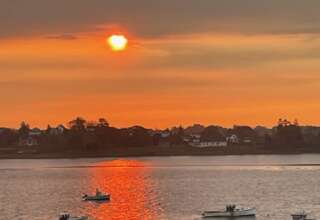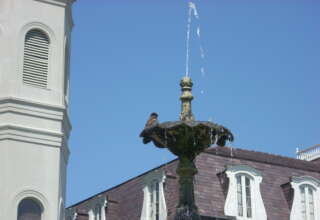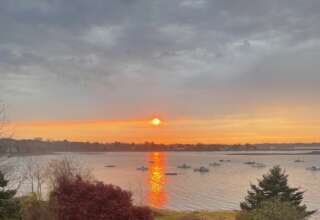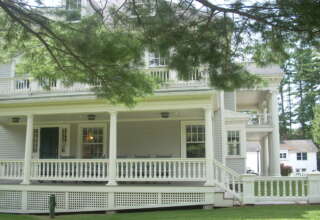
While this approach is aligned with Gilbert’s focus on learning as the venue for authentic happiness, Vaill would caution us about the challenge we are facing. Along with Gilbert, Vaill would suggest that leaning and learning into the future is not easy (especially in a VUCA-Plus world). Vaill proposes that this approach requires that we open ourselves to a particular kind of learning. Vaill frames this learning around the metaphor of navigating the white water. So, we leave the room filled with manure and set off on a journey down the white water of a VUCA-Plus saturated river.
In preparing for this journey, I would suggest that we must first take a moment to reflect on the basic nature of learning itself. Many years ago, Kurt Lewin, a noted social psychologist, described significant learning as taking place in three stages: unfreezing, learning/change, and refreezing (Lippitt, Watson, and Westley, 1958). These three stages directly apply to learning that can take place in a world of turbulence and white water.
We must first unfreeze our existing view of the world. This means facing conditions that challenge or disturb our current way of thinking and feeling. Peter Vaill would suggest that unfreezing challenges our existing sense of being in the world. At the very least, unfreezing alters our baseline and predictions and disrupts habitual fast thinking (Kahneman, 2011). Without unfreezing, we are not truly open to new learning and can’t find our way to authentic optimism.
The second stage of learning and change is where something new is acquired that alters our way of thinking and feeling to some degree. It requires establishing a new baseline, new predictions, and (ultimately) new behaviors. Slow thinking (Kahneman, 2011) and reflective practice (Schön, 1984) are required.
The third stage concerns the firming up of our commitment to and use of the new learning. Stage three learning leads us to action amid VUCA-Plus complexity. We make commitments while faced with multiple realities residing in a relativistic perspective (Perry, 1970). We reset our baselines and revise our predictions. While many of our old ways of doing things are still relevant and fast (habitual) ways of thinking can still be engaged, there is a new direction in which we wish to move. Some new goals are envisioned.
I propose that Lewin’s three stages of learning are engaged while navigating white water. Most importantly, learning on the turbulent river is best firmed up and reinforced in a setting that nourishes interpersonal collaboration. We retain and use what we have learned when we are joined on our boat by “fellow travelers” who are “co-learners” and “co-leaders.” I wish to expand on these basic proposals. I begin with Lewin’s stages.
Apprehension: I align unfreezing with the apprehensions that inevitably accompany our standing on the shore of a whitewater river. We anticipate that we will soon enter this river in a kayak (or some less appropriate vessel). Two psychic forces confront us when standing on the shore of this river. The first force is Awe. We look out at the turbulent waters of this river and find this turbulence to be awe-full: beautiful, surprising, treacherous, powerful.
Keltner (2023, p. 13) writes about this inspiring natural Awe. It is to be found not only when standing on the shore of a raging river but also when witnessing an earthquake, thunderstorm, or wildfire. Or we stand passively on the shore of a high-surf ocean. We deeply admire what we view in front of us. Yet we also fear the sights and sounds of the pounding Surf, especially if we are about to enter this awe-full ocean on our surfboard.






